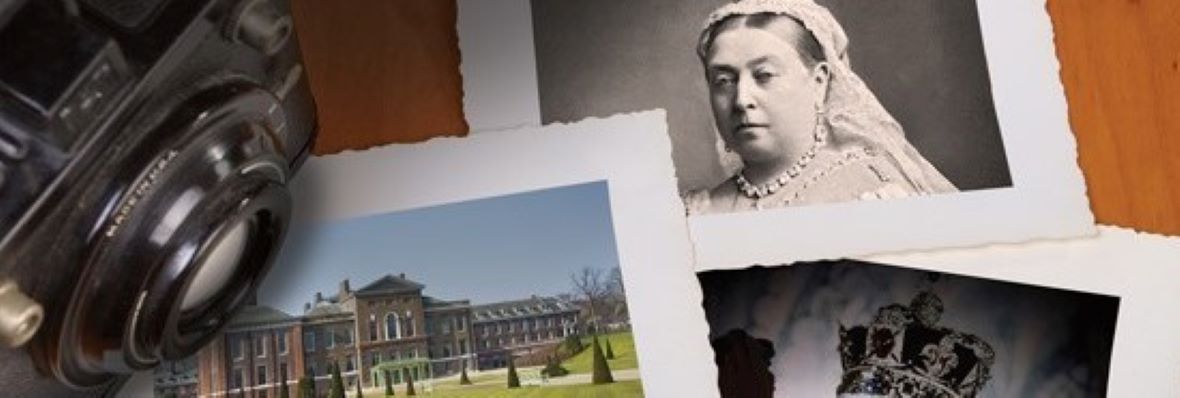The event had a negligible effect on history, but to this day the Grand European Summit between Henry VIII and François I in 1520 remains a symbol of the wealth, privilege, and utter ostentatiousness of medieval royalty – literally, the “party of the century.”
Designed to improve relations between England and France, the Summit between Henry and François was a two-week spectacle of feasts, tournaments, masquerades and religious services on a site near Calais, France. But with each king aiming to outdo the other, the summit became so extravagant that it was dubbed and forever remembered as “The Field of the Cloth of Gold.”
To mark last year’s 500th anniversary of the fruitless occasion – politically, not gastronomically, as the nations went to war a year later! – Henry’s Hampton Court Palace near London will host the delayed “Gold and Glory: Henry VIII and the French King” exhibit starting April 1, in which visitors will be guided through the turbulent relationship between England and France and the events that resulted in François I requesting a meeting with Henry VIII. On display will be the original letter from François I to Thomas Wolsey, the organizer of the Summit, and moving deeper into the intricacies of the meeting, guests will learn of the sheer scale of the occasion, from spending records to accounts of activities undertaken such as jousting and mass.
The exhibition, which runs through Sept. 5, was originally scheduled last year but postponed due to the pandemic. Admission is included with palace entry.

KENSINGTON PALACE
Another rescheduled exhibition (originally expected to debut in March after being postponed from 2020) will open sometime this year at London’s Kensington Palace with dates to be determined by pandemic protocols. “Life Through a Royal Lens,” will be a new exhibition of private photos taken by members of the royal family, including works by celebrated fashion photographer and husband to Princess Margaret, Antony Armstrong-Jones.
The exhibit will explore how, for almost 200 years, the medium of photography has created an unprecedented intimacy between crown and subject; and how Queen Victoria and Prince Albert’s enthusiastic patronage of photography during its infancy helped the new invention receive greater scientific and public attention.
Visitors will also get the unique opportunity of seeing some of the earliest photographs taken and examples of intimate portraits commissioned by Victoria and Albert.
From the Victorian era to the 20th Century, the display will explore the impact of Cecil Beaton and Norman Parkinson’s work. Images of Queen Elizabeth II, among other royal sitters, will reveal how their work shaped changing public perceptions of the royal family.
The exhibition will be included in admission to Kensington Palace, but pre-booking a timed entry to the palace online is recommended.
Meanwhile, in June at Kensington, a special display in the newly refurbished Orangery, will explore how Diana, Princess of Wales, collaborated with her fashion designers to create and curate an image that made her the most watched woman in the world. It will feature some of the most iconic dresses worn by ‘the People’s Princess.’
Members of the travel trade are invited to visit www.hrp.org.uk/travel-trade for more information and resources, including a trade image library, online group booking guide, and copies of Historic Royal Palace’s Fanfare newsletter.

